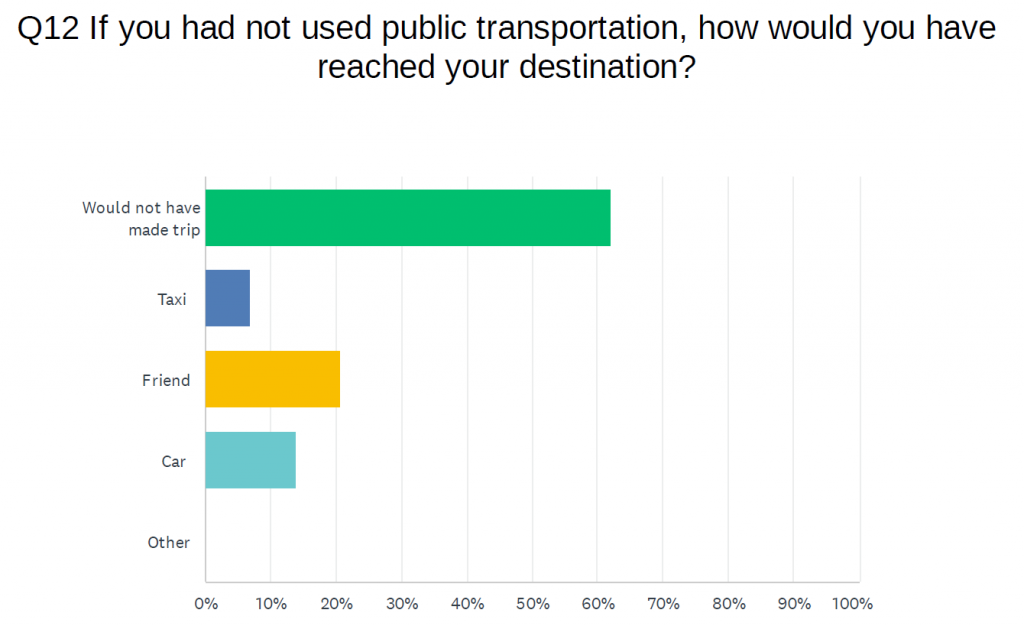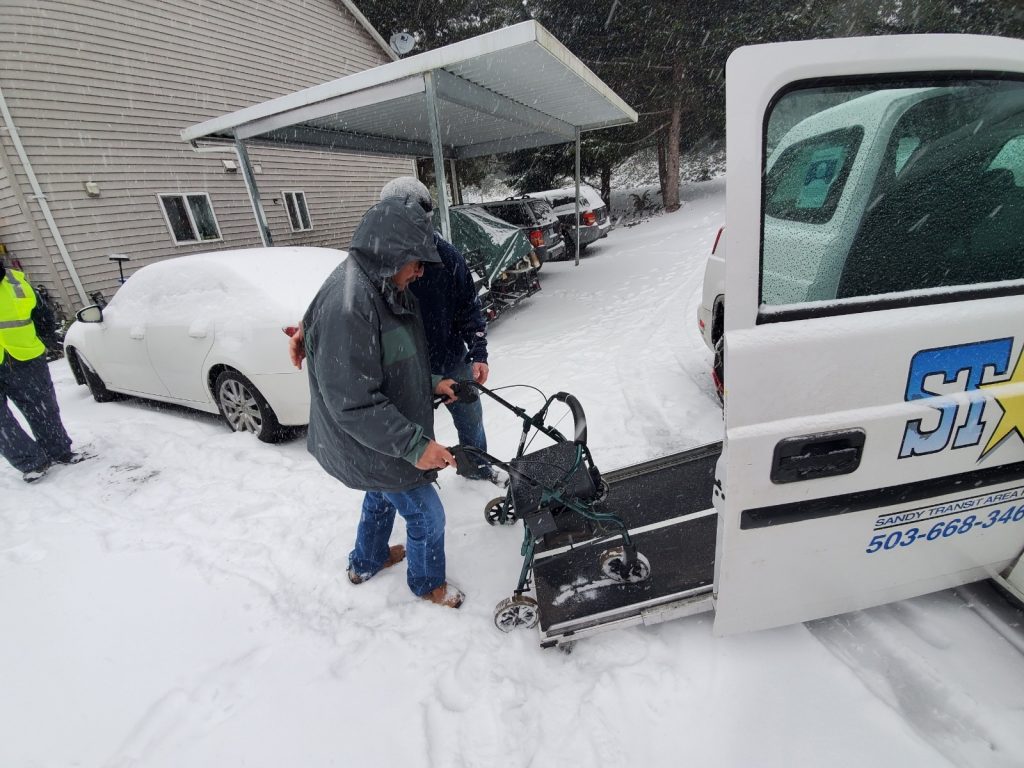
Ridership is showing a slight increase in 2022 (yellow). Dial-a-ride ridership continues to stay low, partially due to a lack of available drivers to meet the demand. SAM currently has one driver, one vehicle for SAM rides and one driver, one vehicle for the Elderly and Disabled program. Typically, we would have two drivers, two vehicles for each service during peak service hours.
In February 2022, SAM provided 5,714 rides whereas February 2021 SAM provided 5,300 rides.
SAM and MHX continue to experience the driver shortage that many agencies have faced over the past year. MHX continues to have the biggest challenges of retention due to the stress involved in the steep grade (Timberline Road) and the weather. Currently, drivers are often faced with 6 and 7 day work schedules, a trend that is not sustainable.
Currently SAM uses a hybrid SUV (Ford Escape) for this purpose. SAM has already secured grant funding for the replacement which is enough for a fully electric SUV and the charging infrastructure required. No match is necessary with the grant funding. Because the vehicle needs to be all wheel drive (AWD), electric and American made, SAM has chosen the Tesla Model Y.
In January, SAM posted an Request For Proposals (RFP) for a new contract for real time arrival information (currently DoubleMap is the vendor) and data collection. The County, Canby Area Transit and South Clackamas Transit District are all included in the RFP to explore savings through the addition of capital equipment purchased and save time for all agencies involved by reducing the need for each agency to go through a procurement process. Bids were received for the ITS replacement for real time information and data collection on vehicles. Bids were due February 23, 2022 and three vendors bid on the project. All three vendors were selected to move forward through the evaluation process by the selection committee.
All Clackamas County transit agencies continue to work together, meeting weekly, to find ways to collaborate, share successes and develop better services for the region. Many refer to our group of agencies as the Clackamas County Coalition and the strong working relationship we have developed has proven a successful partnership. Additionally, we meet with the HB 2017 regional coordination group. It is through this collaboration that SAM has requested future STIF funds to begin the new route to the Clackamas Town Center. If selected for approval, the route will begin July 1, 2023.















